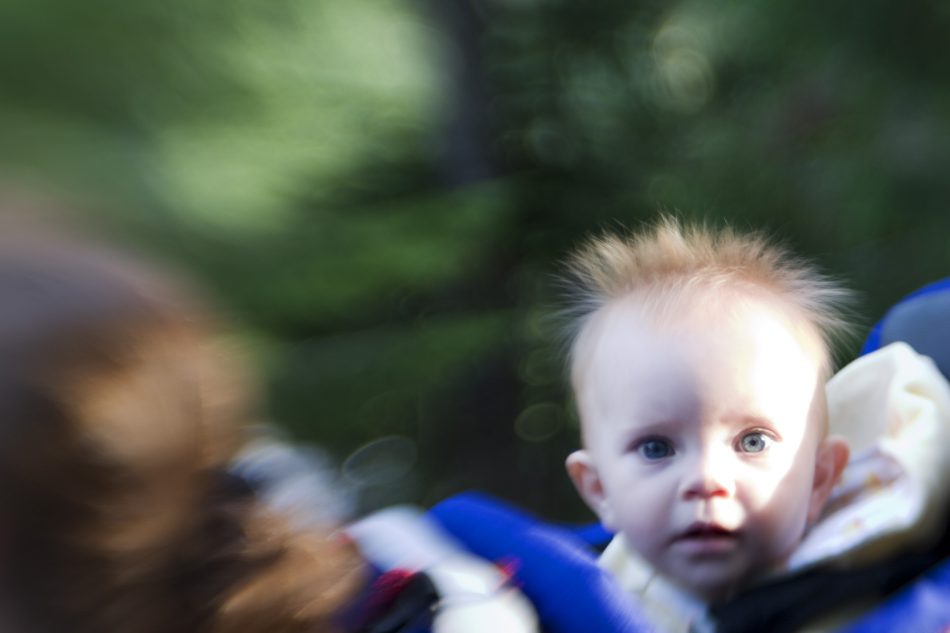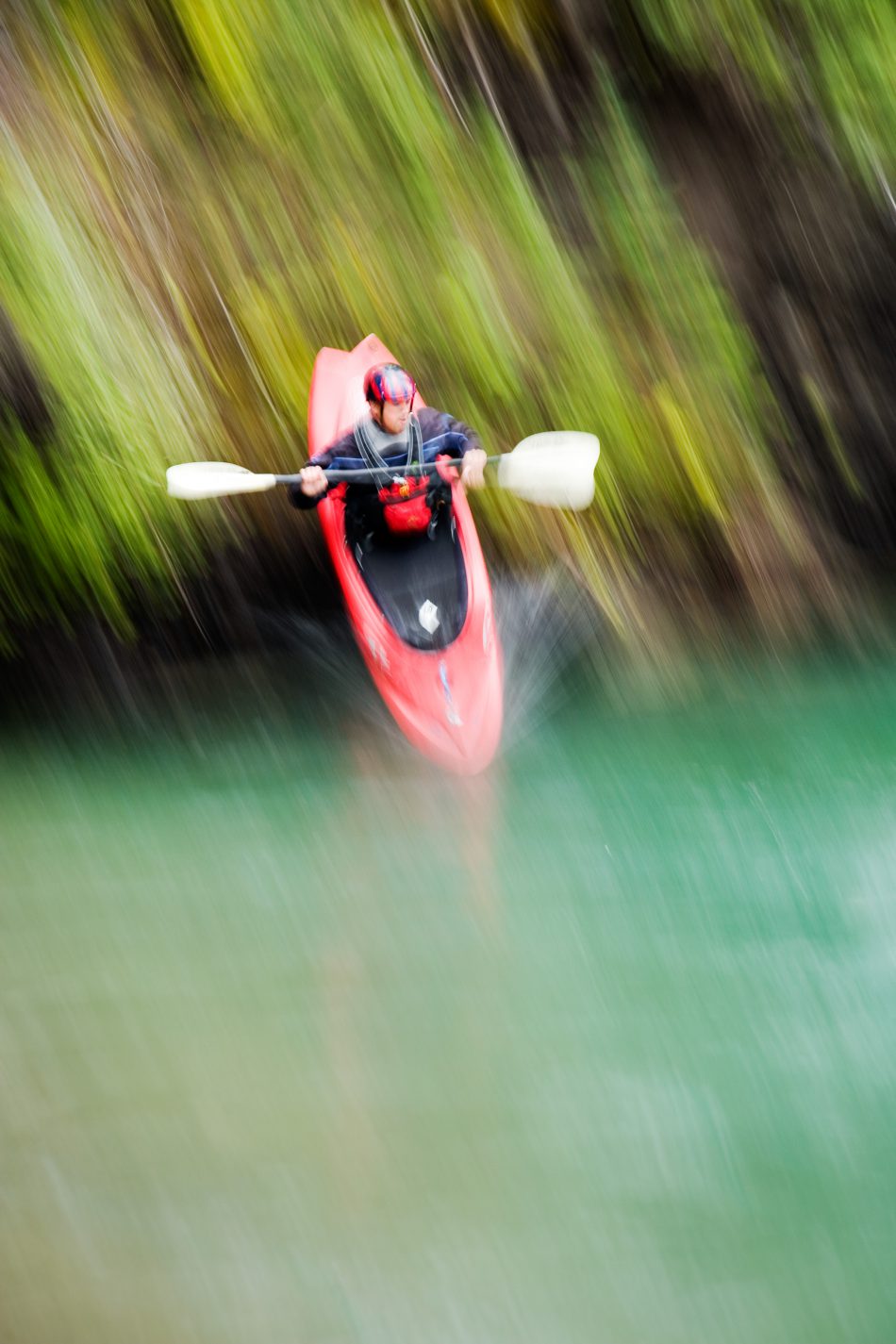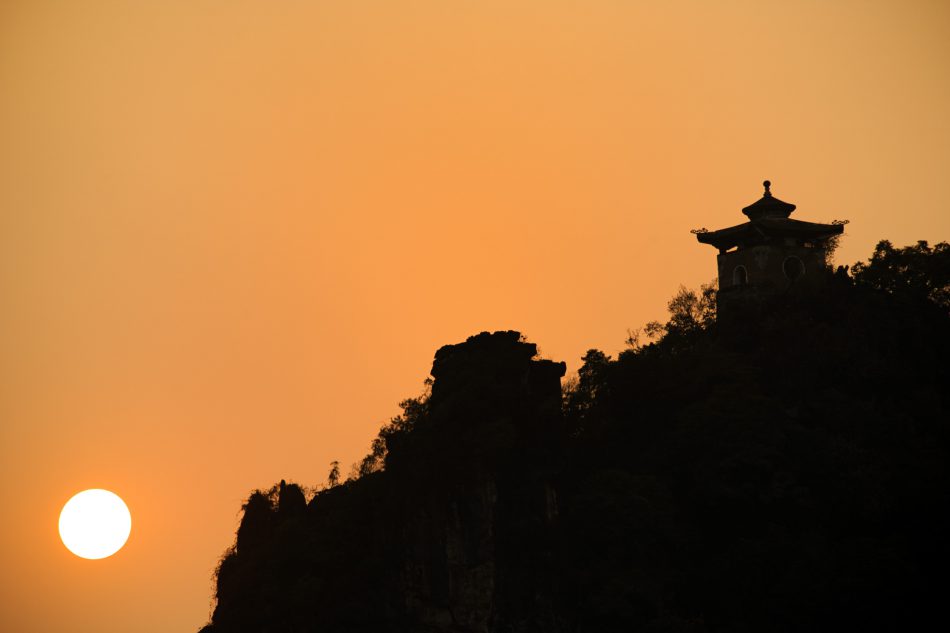
License
Are you new to digital photography? Perhaps you’re getting your first digital camera for Christmas? Just get one of those camera-enabled smart phones?
I offer 5 basic tips for new point-and-shooters that could make substantial improvements in photographing your daily life.
Tip #1. Turn Flash Off by Default.
Nothing looks more awful to me in a photo than the deer-in-the-headlights look of a photo taken with on-camera flash as the primary light source on your subject. We have all seen it before: a photo of a friend standing there, often with red eyes, a flat shiny white/bluish face, and a dark yellowish or greenish cast background, often with a wall casting a harsh profile shadow of your friend’s head. What’s happening here?
What’s happening here is that the tiny little flash on your camera:
- creates specular highlights on anything shiny: teeth, back of retina (causing “red-eye”), grease on skin, saliva on teeth and around the mouth, and so on.
- lights up your subject, but leaves the background underexposed since it is usually further away from the flash that your subject is.
- illuminates your friend with cool white light while leaving the background under exposed by incandescent (yellowish) or fluorescent (greenish) lights, and, unable to balance the different light source colors, you camera metering system probably defaults to match the flash it knows.
- casts strong-edged shadows (due to flash light source being tiny compared to the subject) that are cast nearly in-line with the view of the camera lens, thus not letting the shadows feather or diverge out of view.
One really great solution to these problems is to avoid using on-camera flash as a primary light source if you can at all help it. First, figure out how to turn that built-in flash on and off and try to keep it off by default. Get control of that flash and don’t be a slave to the manufacturer’s default camera settings. In other words, use ambient light as your primary light source whenever you can get away with it. The larger the light source compared to the subject, the more you avoid specular highlights on saliva and grease, the more shadows get feathered away, and the more balanced light you will have on foreground/background subjects.
Now this approach introduces some serious new challenges. Flash allows you to take awful photos in darker settings, such as indoors at night. Shooting without flash means your exposure times may go through the roof when shooting in such low ambient lighting conditions. First, see if you can move your subject into better light. An ideal light source for people photography is up as close to a window as possible, but a window that does not have direct sunlight coming through it. This is called “window lighting” and provides lovely portrait lighting conditions.

License
Even outdoors under cloudy or rainy skies provides great light for portraiture. Also, be sure to use your camera’s image stabilization feature and try to hold your camera as stead as possible by bracing yourself well and holding your camera against heavy solid objects.
If it is not practical to use ambient light, there are some things you can do with your flash to avoid the “deer in headlights” look. One trick is to make your flash effectively much bigger in size by reflecting it off a white wall or ceiling (if you can point your flash in those directions). You could also try to diffuse it through a translucent sheet of plastic or fabric (even toilet paper), which makes the flash look as large as the object you are diffusing through. But both of these methods cost you light and shorten flash range.
Another trick is to use you flash in “fill” mode (also called “slow synchro”). Fill mode uses just enough flash to illuminate the subject, but also keeps the shutter open long enough to let ambient light fully expose the background. This approach mixes some of the pros and cons of other techniques above. Exposure time will still be as long as if you were not using flash at all and you might still get some background blur due to camera motion during these long exposures. But background blur is usually of less concern than subject blur,
which will be minimized by the flash. You may also have the mismatch in subject versus background color-cast, but that’s a sacrifice you may be forced to make if you can’t illuminate the whole scene by ambient light alone.
Give some of these methods a try, especially window light.
Tip #2. Take LOTS of Photos.
Digital photography is cheap, once you own the equipment. Why not take lots of shots, select only the best few and throw the rest away?
I highly encourage this approach. You will capture a wide variety of expressions and compositional subtleties and can then select the best from the batch, instead of settling for only a single shot. Not only should you squeeze off several shots of a given composition to catch subtle variations, but look for multiple compositions, points-of-view and settings as well. Shoot horizontals and verticals. Shoot while the subject is looking at you and while engaged in some other activity. Capture the subject when he/she is listening, gesturing with hands, laughing and smiling. Shoot from afar, up close, high, low.
The only significant costs of all this shooting are camera battery life (see Tip #4) and added time spend sorting through the photos. This sorting burden can be spread out. I probably do about 20-30% of my sorting while in the field during down-time while the shots are still in-camera. This is a good time to chuck the obvious poor exposures or compositions. I cull another 10-20% during the download-to-computer process by previewing in the download software (which is usually pretty fast). These first two methods don’t allow for critical assessment of sharpness, so the remaining sort is often on computer when I can do 100% zoom inspection for critical sharpness, expression and other details. In the end, I probably keep about 10-15% of what I shoot.
Everything else being equal, shooting more photos and having a large trash bin can lead to better photos.

Tip #3. Learn to Press the Shutter Release Button Half-Way.
Nearly all digital cameras, except camera phones, have a two-position shutter release button. Most people just press the button all the way down when they want to take a photo. These people are missing out on a subtle way to capture more decisive moments.
Here are some of the things your camera will likely have to do when you decide to press the button:
- Focus
- Deploy and charge up the flash (if applicable, which I hope it is not)
- Calculate exposure
- Close down the aperture
- Open the shutter

License
All of these tasks take some time that can stretch out to half a second for point-and-shoot cameras, or even a couple of seconds in low light or with camera phones. This is why there is that annoying time lag between pressing the button and the picture being taken. So here is what commonly happens: you wait for that decisive moment … the perfect expression and hand gesture … you slam down the button and … wait … wait … Darn! The moment is lost by the time the picture is taken!
Focusing is often the real source of delay here, especially in low light or when the scene doesn’t have many sharp edges to focus on (e.g. a foggy day or a very plain subject).
But there is a simple solution. Pressing the button half way down on most cameras will cause the focusing, flash prep, and exposure calculations to be made. Then, when you press the button the rest of the way down, it only takes a tiny fraction of a second to close down the aperture and open the shutter.
Here is how you use this feature:
- Roughly compose the scene (i.e. get yourself in position, set the zoom).
- Aim the camera’s focusing point at your subject and press and hold the button half way down. This will fix the focus and exposure and should prep the flash (if applicable). With a little practice, you will get the feel for your camera’s half-way point.
- Recompose the scene and wait for the decisive moment (still holding that button half way down).
- At the decisive moment, gently press the button the rest of the way.
Note that your camera’s focus and exposure are fixed in Step 2. If your subject moves towards or away from you, or if the light should change significantly while you’re holding in Step 3, you will need to release the button and return to Step 2 again to let your camera update the focus and exposure.
Go get your camera and try this out.
Tip #4. Be Prepared.
Very boyscout-ish, but also very true. A few preparations can go a long way to avoiding lost opportunity. Here are a few basic preparations to consider:
- Always have your camera with you. This is where a small point-and-shoot or a camera phone shines! Especially a camera-enabled phone that allows you to near-instantly share photos with family and friends on Facebook or other on-line sharing sites. What could more fun than that in the world of photography?!
- Carry extra camera batteries. Dead battery = dead in the water if you don’t have a spare already at hand. I’ve never bought a camera without buying at least one extra battery. I have 4 batteries for my SLR.
- Carry extra memory cards. Full card = lost moment as you scramble to figure out what photos you can delete to make room. I usually 4 cards in addition to the one in the camera.
- If you’re using a camera-enabled smart phone, carry a charging cable in your car’s glove box.
Tip #5. Shoot AND learn.

License
Of course you will be taking lots of photos now (Tip #2). But let’s take it one step further: learn from these photos.
Take a little time to review your photos and consider what worked and what didn’t work, and most importantly, why. This is how to build experience and improve your photography quickly.
Say you took 20 shots of a sunset (Tip #2). Have a look at them all. Do 3 or 4 stand out? Before you delete the other 16, take a little time to ask why you like these 4 and why the other 16 don’t resonate. Maybe the first 12 shots were simply shots of the sunset off in the distance … lower foreground is all black, there’s a band of nice color in the middle, and top of the frame is all black or dark blue. Not quite what you eye and brain saw at the time? Yet another sunset photo?
But these 4 last shots have something interesting silhouetted in the foreground. An actual subject besides just another a pretty sunset! So maybe you pick up some key learning’s: silhouetting an interesting shape against a sunset creates more interesting photos than just the sunset itself, and zooming in fills the frame with the most colorful part of the sky.
Just take a few minutes to review your photos and ask yourself what worked? what didn’t work? why? what should I do next time.
Happy shooting,
Brad



